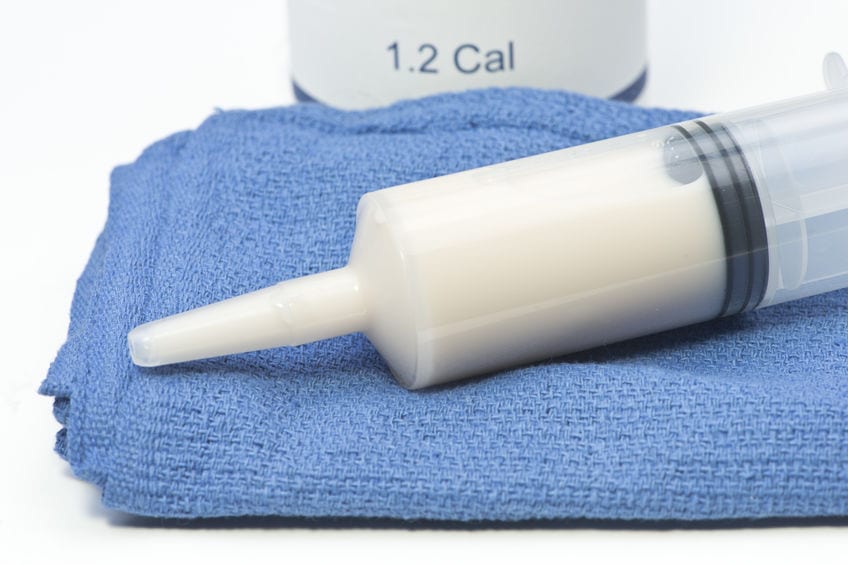
GomerBlog returns to help distinguish between two similar but often confused entities.
The “G” in G-tube refers to “gastric” or “gastrostomy.” A G-tube is a type of feeding tube in which a tube is inserted through the abdominal wall directly into the stomach so that nutrition can be provided. The G-spot should not be reached by going through the abdominal wall.
The “G” in G-spot does not refer to “gastric” or gastrostomy.” Instead, it refers to the last name of Ernst Grafenberg, the German gynecologist who found it. Some argue the “G” also stands for “Germany” and “gynecology,” but this hasn’t been verified. The G-spot is an erogenous area of the anterior wall of the vagina.
A G-tube can be placed endoscopically by gastroenterologists, radiographically by interventional radiologists, and surgically by general surgeons. In the event it is done by interventional radiology, be sure the patient’s INR is less than 0.
The G-spot should not be approached endoscopically, radiographically, or surgically. However, if consent has been obtained to approach the G-spot, be sure the vagina’s INR is less than 0.
A G-tube should never be placed into the G-spot.
It is appropriate to flush both a G-tube and the G-spot with 30 ml of water every 4 hours. If a G-tube gets clogged, attempt flushing with warm water. Sometimes soda can work, though this isn’t evidence-based. If the G-spot is clogged, it is best to speak with a gynecologist who can come to bedside to flush it with warm water and soda.
Finally, a G-tube has not been shown to reduce the incidence of aspiration pneumonia, whereas the G-spot has been shown to reduce the incidence of aspiration vaginitis.